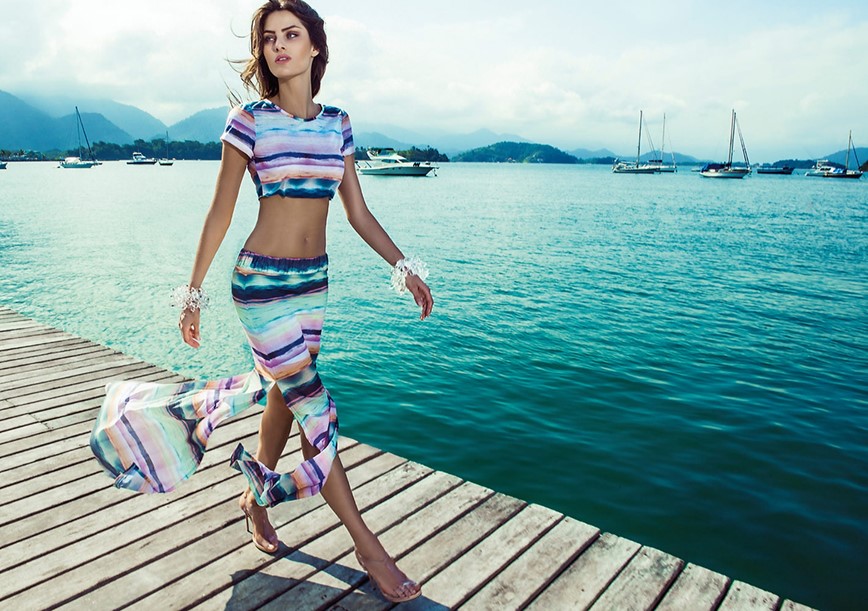The Economics Of Fashion Forecasters
August 14, 2017 in Daily Bulletin

Fashion designers rely on fashion forecasters to guide their thinking:
- In the 1960s agencies in Paris began releasing “trend books” with fabric and design ideas summarizing where fashion seemed to be headed.
- Today this is an entire business. Fashion forecasters observe fashion shows and clubs and then combine that with economic, political, and other data.
- Hemlines, for example, are expected to rise with stock prices, and lipstick becomes more popular during recessions.
- Forecasters claim accuracy rates as high as 80%, although this is a self-fulfilling effect – the entire industry reads their books, guiding their thinking, and leading to fashions in line with forecasted predictions.
- Fashion designers, for their part, appreciate the books as a form of insurance. As long as their ideas incorporate forecasts, their designs won’t be too different from the rest of the industry.
- Threats are on the horizon. Some challengers use computer analytics and big data to provide instantaneous short-term predictions.
- So far accuracy rates are just 50%. But that will improve. Google already makes its own predictions based on search data. In 2016 it predicted that mom jeans were in while boyfriend jeans were out.
Read more on The Economist.
Join the Discussion! (No Signup Required)